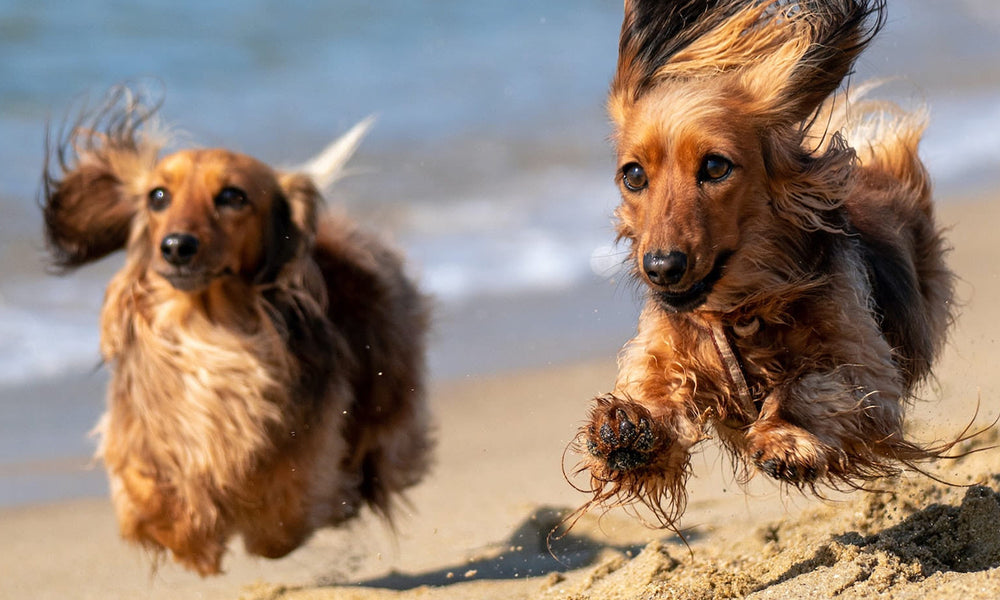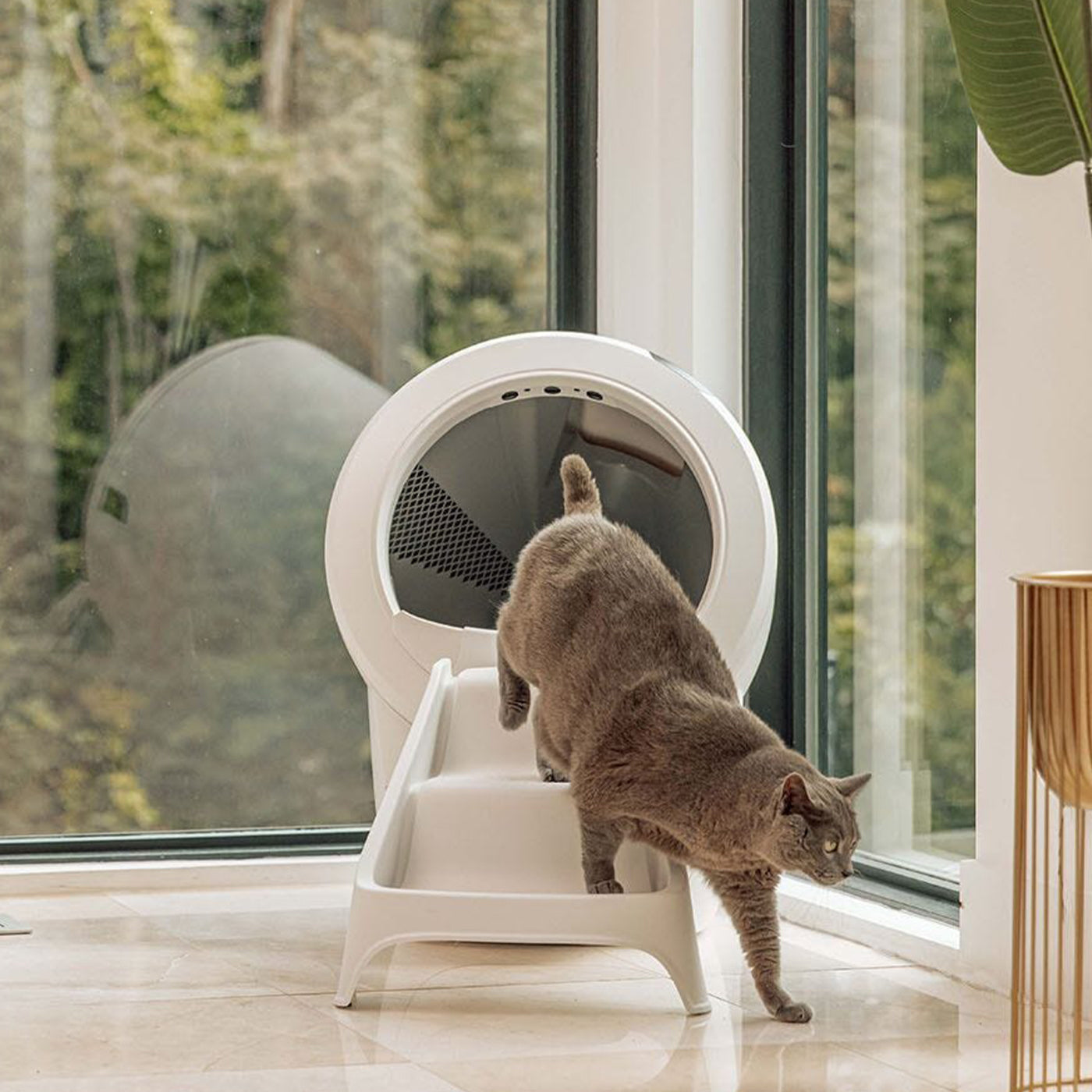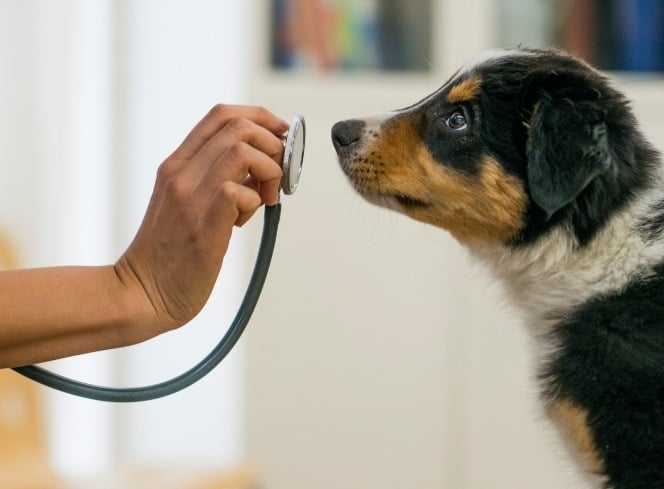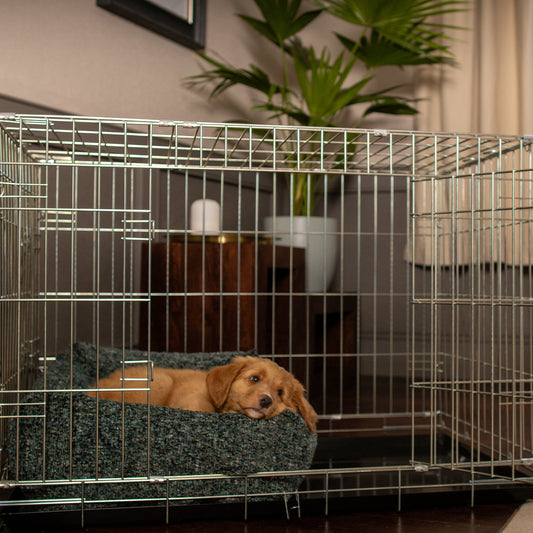Oh how dogs love the beach. And, if there’s anything better than long sandy beaches, it’s the sea. Everyone loves to be beside the seaside…especially our dogs!
However, according to our friends at Vets Now, the UK’s leading provider of emergency pet care, there’s a number of dangers lurking in a beach visit which means we need to stay beach safe this summer. And get prepared.
Dave Leicester, Head of Telehealth at Vets Now, reveals the top dangers to be aware of before taking your dog to the beach this summer. And we’ve created a list of must-have accessories to take with you on any beach trip.
If you do find yourself worried whilst at the beach, or afterwards, Vets Now have launched Video Vets Now where you can arrange a video call with one of their emergency vets within minutes, no matter where you are in the UK.
Be Sand Aware
Even in the UK, the sun can heat up the sand to dangerous temperatures. If it’s too hot for you to walk barefoot, then it’s too hot for your dog’s paws. If you’re planning on visiting the beach on a day that’s forecast to be hot, it’s a good idea to take your dog in the early morning or late evening.
Also, make sure your dog doesn’t eat or swallow too much sand through digging or repeatedly picking up sandy balls and toys. Sand can cause a blockage in the intestine, known as sand impaction. Signs of this serious condition, which requires urgent veterinary treatment, include vomiting, dehydration and abdominal pain.
And lastly, keep your pet away from seaweed. It’s been championed as a source of vitamins and minerals, however dried up seaweed washed up on the shoreline can be dangerous for dogs. If swallowed, it can expand in the stomach and become stuck in the intestine.
Stay Sea Safe
Don’t assume your dog can swim. Some breeds are naturally strong swimmers, but other breeds, such as corgis and pugs, are not. If your dog is not used to swimming then the sea is not the place to start so make sure he doesn’t get out of his depth.
Even if your dog is a strong swimmer, they’re still at risk of being swept under by large rolling waves. Be careful on windy days when the waves are high and make sure your dog doesn’t venture too far out. Waves and currents can quickly exhaust dogs so perhaps consider buying a life vest for your dog.
And if you notice your dog lapping up sea water — stop them. The salt, bacteria and parasites in the water can make them sick. To prevent your dog from drinking salt water, make sure you have plenty of fresh water on hand to give them throughout the day. Irritation to your dog’s skin and paws can be prevented by a fresh-water rinse down before leaving the beach.
Keep Cool
Despite a cool coastal breeze, temperatures on beaches often soar in the height of summer in the UK. Be sure to provide a shaded area for your dog and give them plenty of fresh water to help avoid heatstroke.
Also, don’t forget sunburn. Just like humans, dogs can suffer sunburn too and breeds with short hair or white hair, and pink ears must be particularly careful on hot days. Use a sunscreen made specifically for dogs and avoid those that contain fragrances.
And beware of overexertion. Running on sand takes a lot more effort than running on grass and, add in the summer sun, and this can quickly lead to potentially fatal heat stroke. Make sure they take rests, have shade and fresh water. Lords and Labradors to recommend relevant accessories.
Need some additional advice? If you’re worried about your pet whilst on holiday this summer, or even on a day trip, you can arrange a video chat with one of the highly experienced emergency vets from the Vets Now team, within minutes. A ten-minute video consult costs £24 and is refundable if Vets Now recommend an in-person follow up within 24 hours. For more details and how to book visit: Online Vets | Video Chat With Our UK Based Vets | 8am-11pm Daily (vets-now.com)
































































































